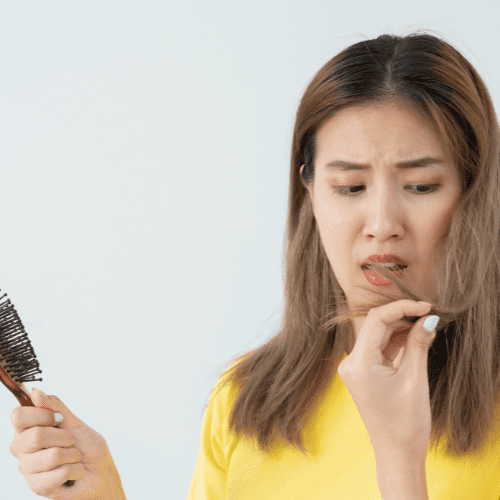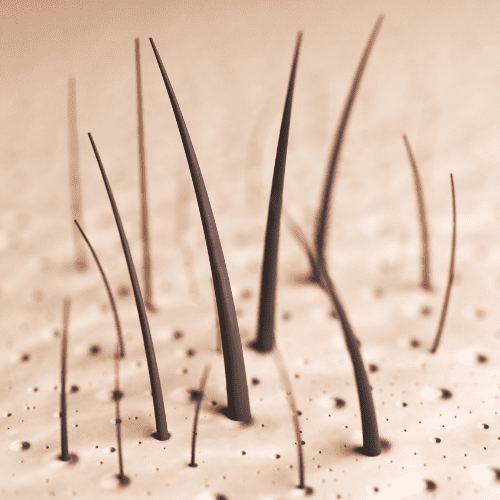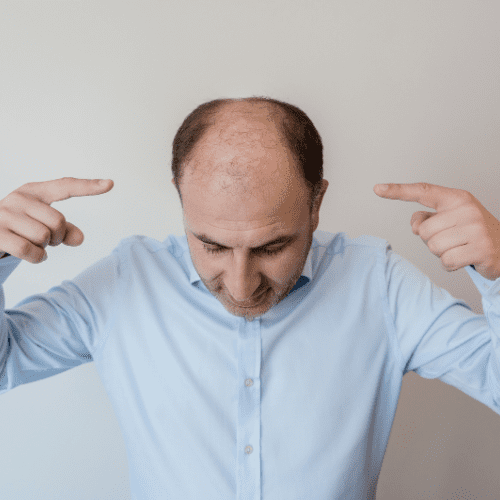What Is Normal Hair Fall and When to Worry
Hair fall is a common concern for many individuals, and understanding what constitutes normal hair loss is essential for determining when to seek professional advice. On average, it is considered normal to lose 50 to 100 strands of hair per day due to the natural hair growth cycle. Factors such as age, genetics, and hormonal changes can influence this rate. However, if you notice a significant increase in hair loss, thinning patches, or excessive shedding that persists over several weeks, it may be indicative of an underlying condition. In such cases, consulting a dermatologist or trichologist is advised to explore potential causes and treatment options.









